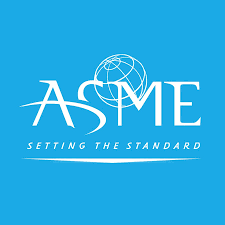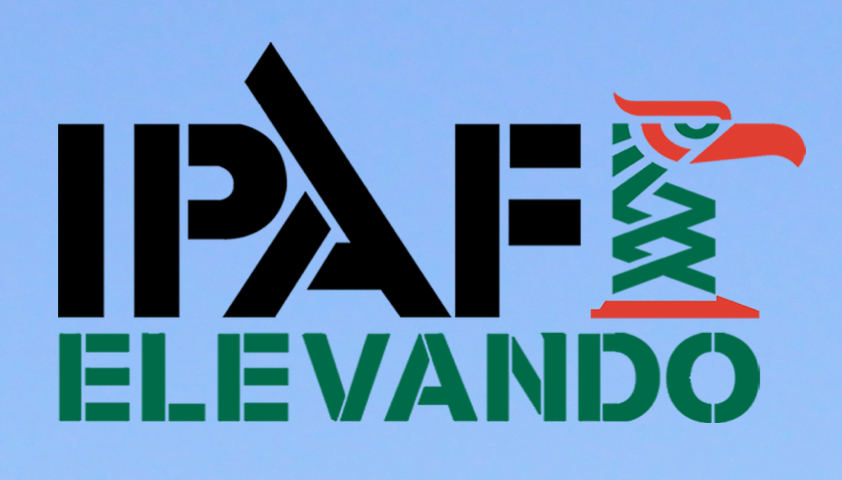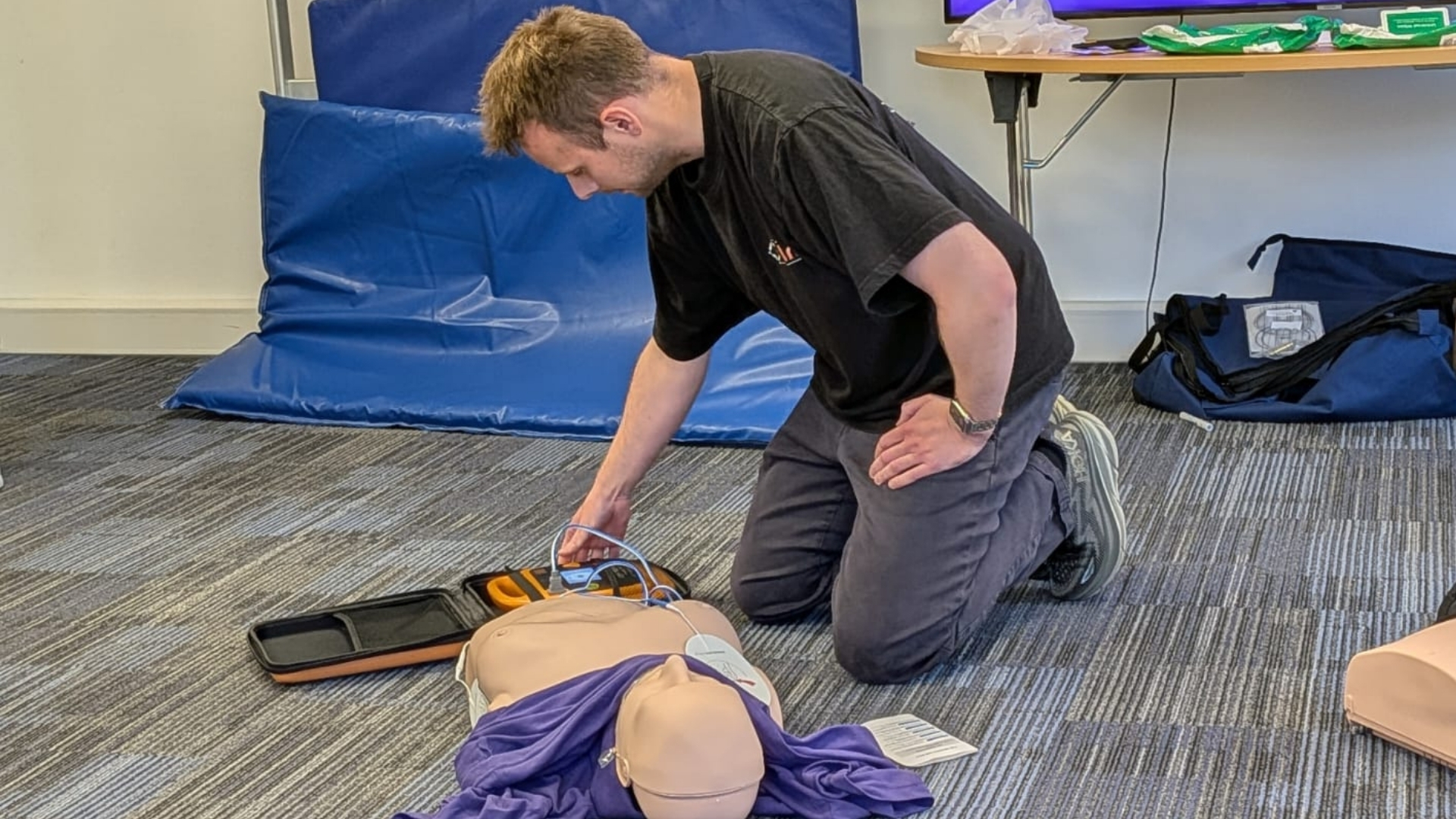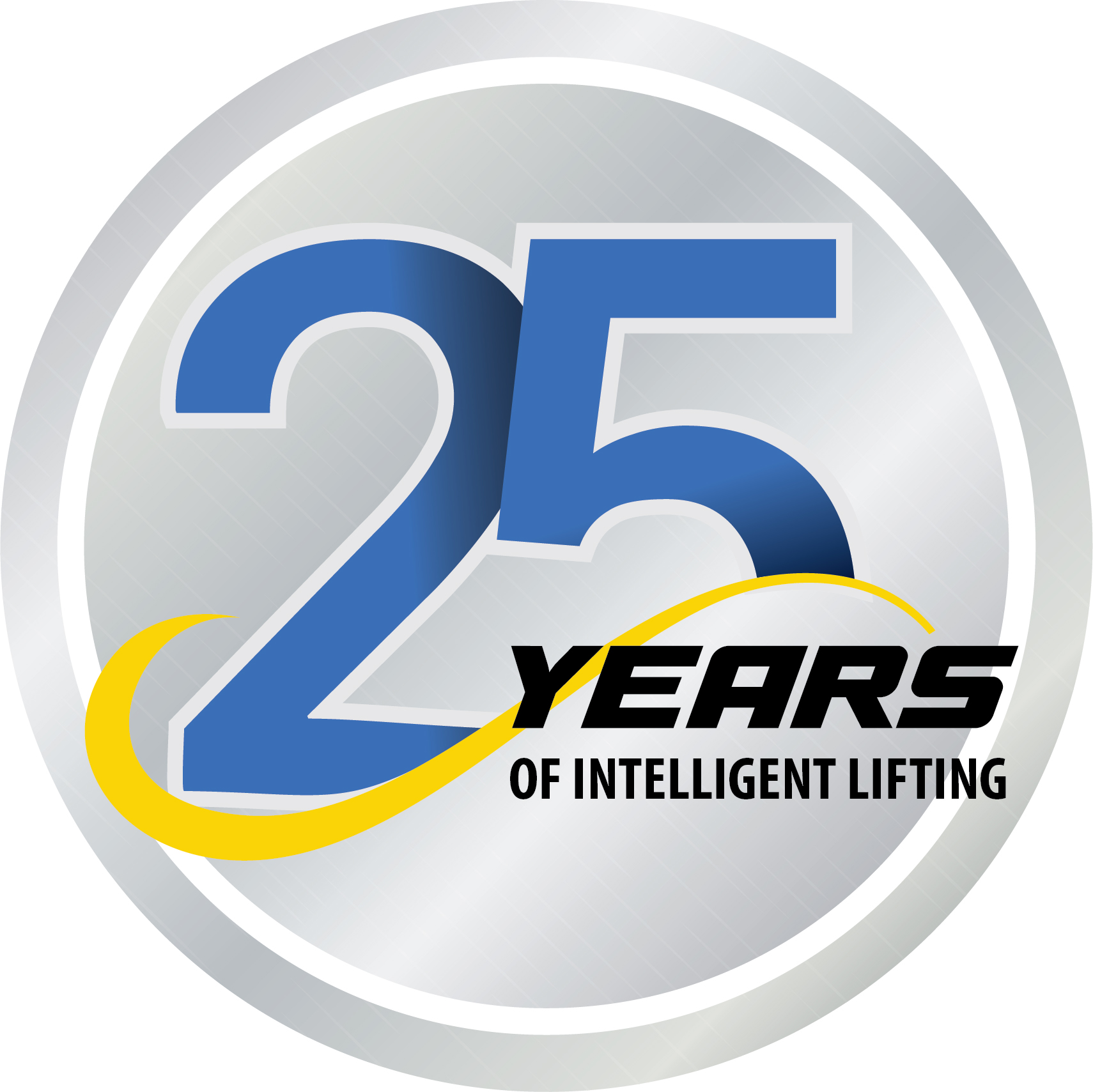ITI: ASME 2020 Edition of BTH-1 Released
Industrial Training International (ITI) has communicated to audiences that ASME released the 2020 edition of BTH-1 “Design of Below-the-Hook Lifting Devices” on June 11, 2021.

ASME aims to be the essential resource for mechanical engineers and other technical professionals throughout the world for solutions that benefit humankind.
Since the first edition of this design standard (BTH-1-2005), new editions have been released by ASME every three years. The new edition is available from ASME at www.asme.org. In addition to numerous editorial changes, the most significant technical changes in this new edition are as follows:
- The Design Criteria paragraph (Section 1-4.3) has been revised to clarify that the rated load of a below-the-hook lifting device shall not be determined by a load test only. That is, even though a load test may be performed, full calculations in accordance with the provisions of BTH-1-2020 are still required.
- The definition of below-the-hook lifting device has been revised and a definition of load block has been added (Section 1-5.1) to improve consistency with similar changes being made to ASME B30.2 “Overhead and Gantry Cranes” and ASME B30.20 “Below-the-Hook Lifting Devices” with respect to lifting devices that are reeved into the hoist ropes.
- The definition of the term lifting attachment (Section 1-5.1) has been revised to agree with an interpretation of B30.20 that was issued in 2015 and to be compatible with interpretations of 29 CFR 1926.251 issued by OSHA.
- Bibliographic information for references cited by BTH-1-2020 have been added or updated where necessary (Section 1-7).
- The text describing the use of Equations 3-29 through 3-34 for combined axial and bending stresses has been revised to improve clarity (Section 3-2.4).
- The fatigue design provisions have been updated to provide improved consistency with the source material (Section 3-4).
- Sections 4-2 and 4-3 have been revised to incorporated ASME B30.30-2019 “Ropes” and to provide applicability to synthetic rope, not just wire rope.
Detailed background for many of the provisions of BTH-1-2020, including discussions about these changes, can be found in the Nonmandatory Appendices.








